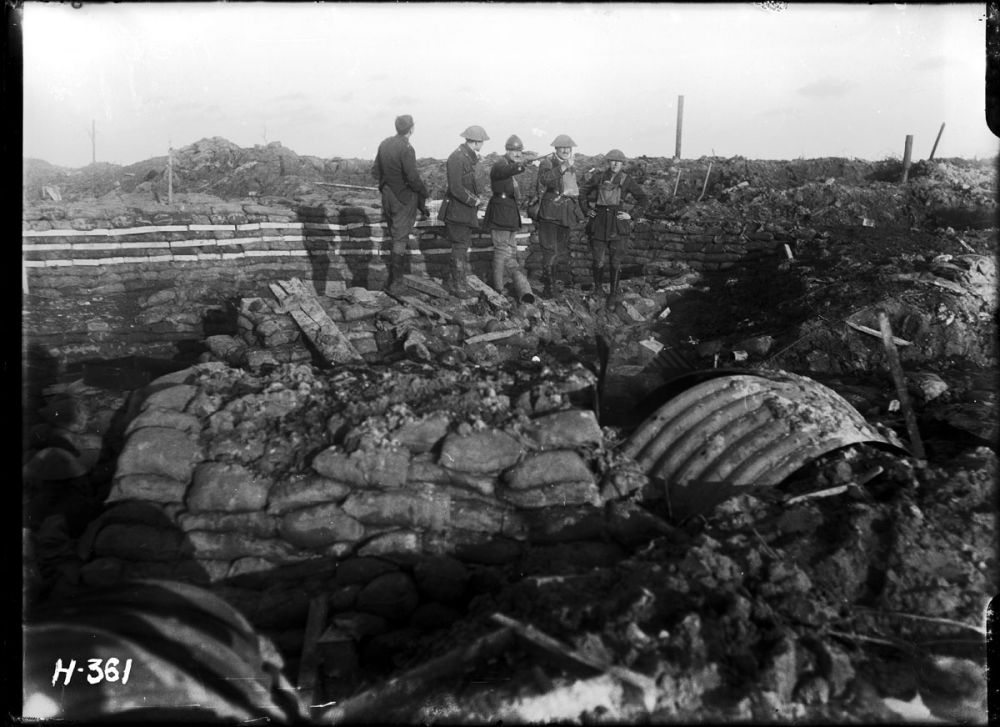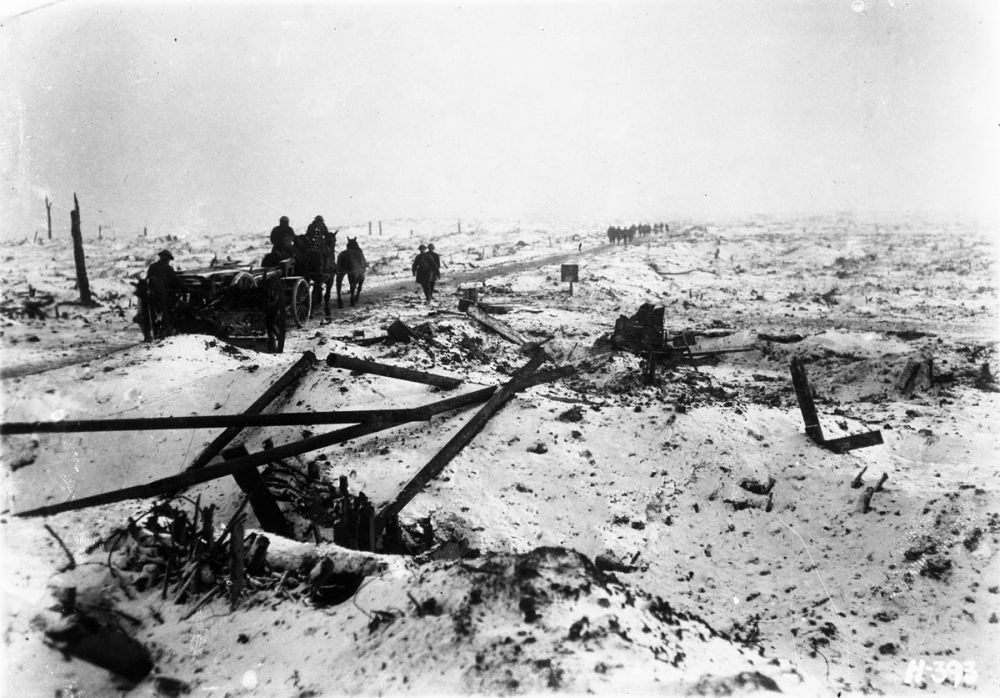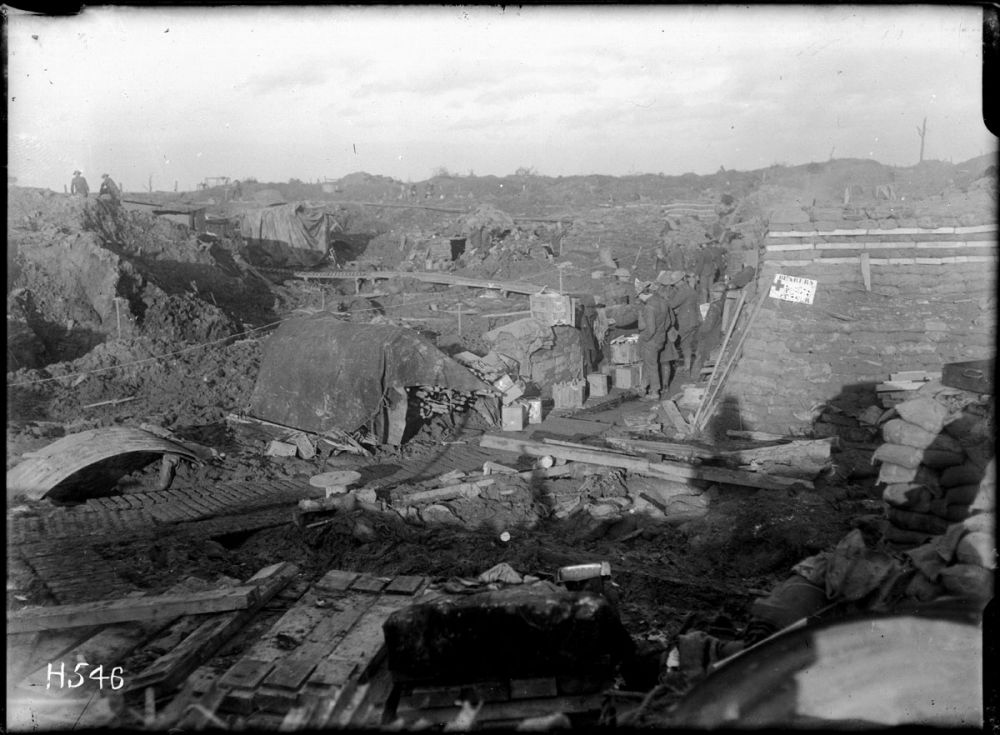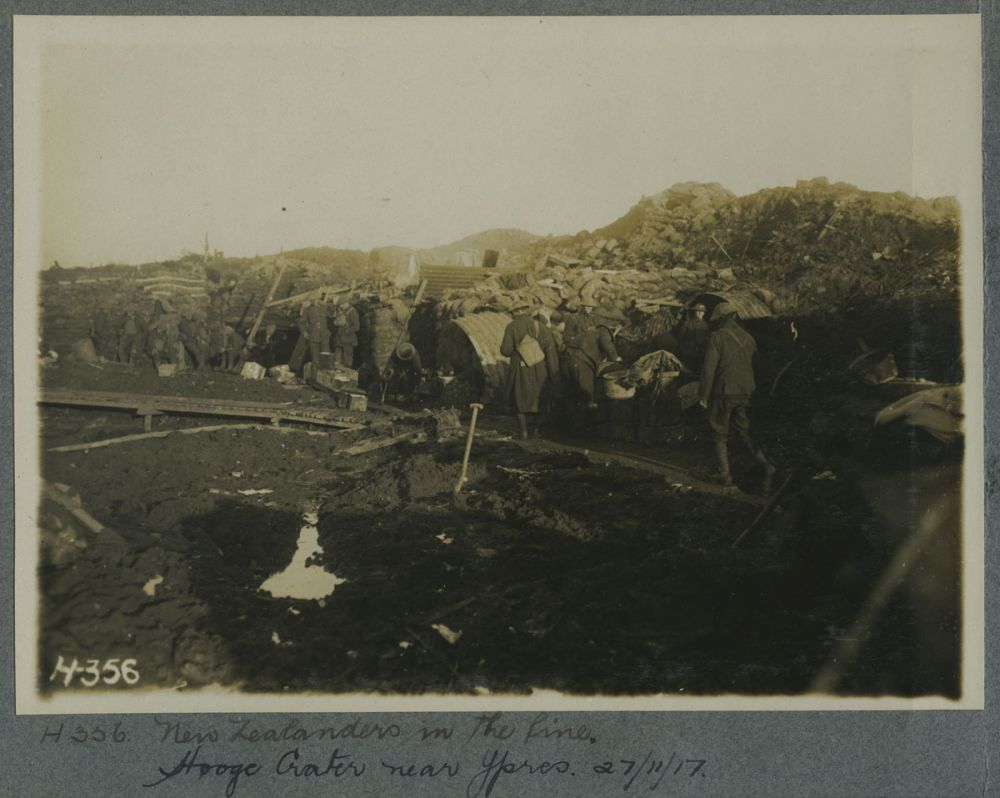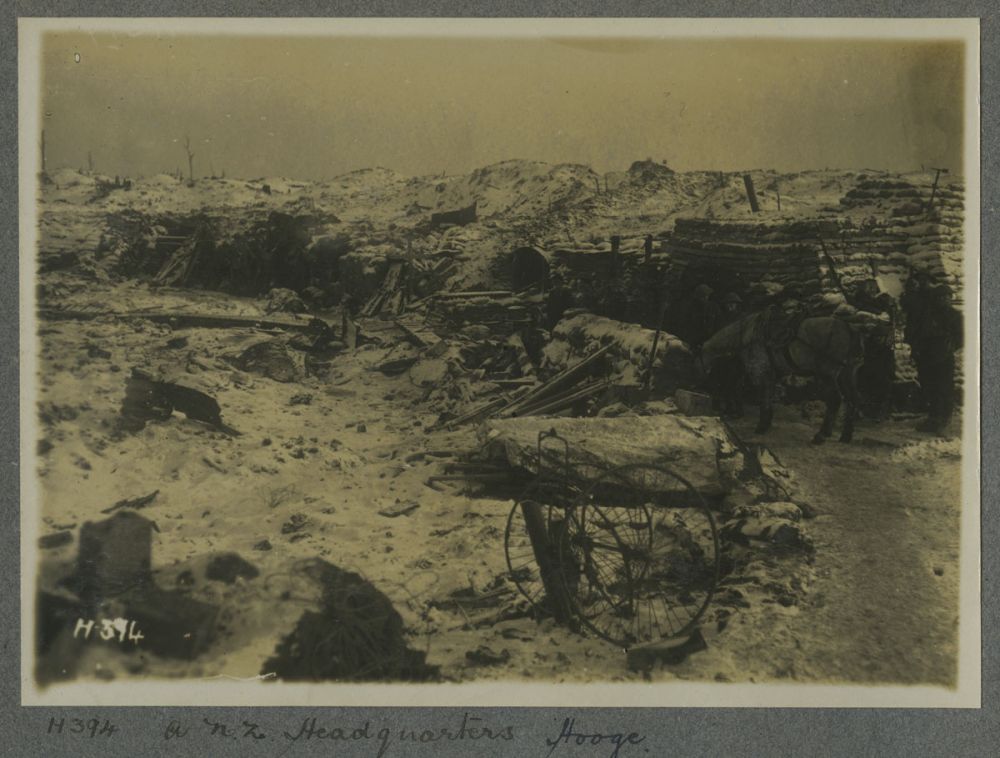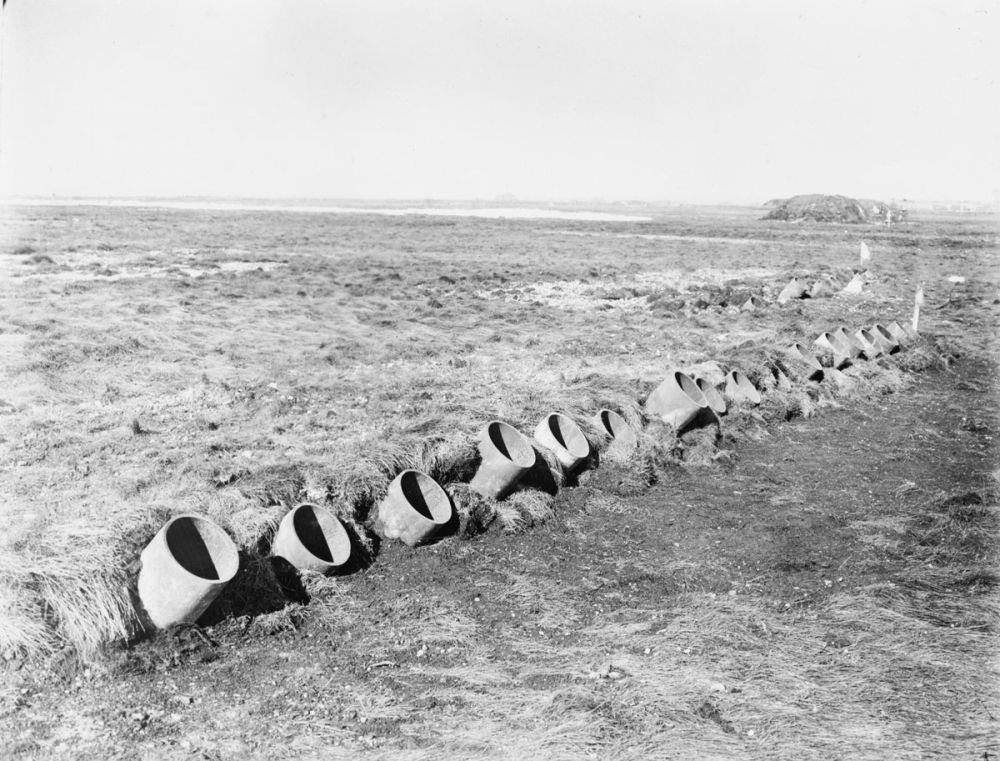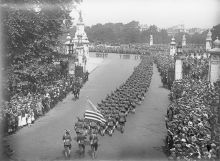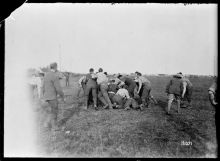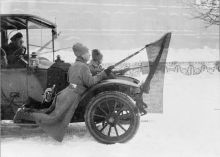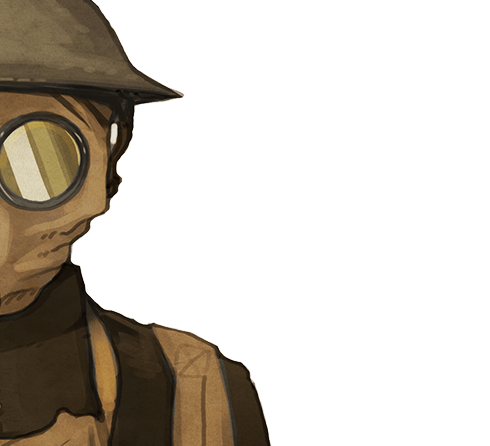Hooge Crater
You are at the grounds of the White House Hotel at Hooge Crater on the Menin Road. Further down the road behind you is Ypres, and in front of you - the German frontline. Where you’re standing was part of the New Zealand sector - over Christmas - in the winter of 1917 and 1918. This is one of the few spots that gives you some impression of what it was like being on the frontline and wintering in those dreadful conditions.
Ormond Burton described it as a field of squalid horror... Shellhole touched shellhole, no blade of grass was anywhere to be seen, the trees were splintered stumps... The debris of battle was everywhere to be seen – broken guns, smashed vehicles, tangled heaps of rusty barbed wire, empty shell cases, and everywhere the smell and evidence of the dead. You are standing in an enormous mine crater. In fact it’s a series of craters that were detonated by both sides - British and German - to destroy the neighbouring frontline trenches. They would tunnel under them and set off explosives, then soldiers would attack and capture the crater.
In this case the crater was turned into a strongpoint, with a series of bunkers around its rim. In front of you are German bunkers erected in the winter of 1916, then captured by the British in July 1917, and eventually occupied by New Zealanders over Christmas. Each time they were captured by the enemy, the entrances would have to be altered so that they were facing the opposite direction. That meant they were constantly being modified. These were shelters where men in the frontline would live and then - in the event of attack - would come out and occupy the surrounding trenches and shellholes and repel the enemy.
This area was, in fact, close to where the New Zealand Brigade in this sector had its headquarters, and this is where the staff lived, and they would inspect the trenches that would be mere metres in front of you, facing the German frontline. The top of this hill was fought over for four years, and during the winter of 1917 it became the New Zealand home in the Ypres Salient. By the bunker in front of you, you can see gas cylinders and what look like iron tubes sticking out of the ground. They’re Livens projectors for firing gas bombs. It would attack the lungs, damage the skin, and cause large painful blisters. If you breathed in mustard gas, you could drown in your own phlegm because of the impact it had on your throat and lungs. Those who survived often never fully recovered, having to live with the effects of the poison for the rest of their lives.
Meanwhile, in Russia, in the winter of 1917, the Romanov Dynasty had fallen. Tsar Nicholas had abdicated and the Imperial Russian Army was in total disarray. The new government was busy negotiating a separate peace treaty with Germany. This was bad news for the Allies as it meant that the German Army could now withdraw many of its Eastern divisions and reinforce their troops on the Western Front. Morale for the Allies was at an all time low.
The New Zealanders in the Hooge Crater area faced a cold winter, with dawn and dusk stand-tos in freezing trenches, with fatigues and carrying parties every night, along with sentry duties and patrols. Men died daily from machine gun, sniper and artillery fire, as well as gas and grenades.
Russell rebuilt his division with fresh reinforcements and intensive training. They were no longer part of an Anzac Corps, as the Australians formed their own Australian Corps and the New Zealanders became a division within the British 22nd Corps, commanded by Lieutenant-General Godley. Where you stand, is a rare surviving example of how soldiers existed in the Ypres Salient.


